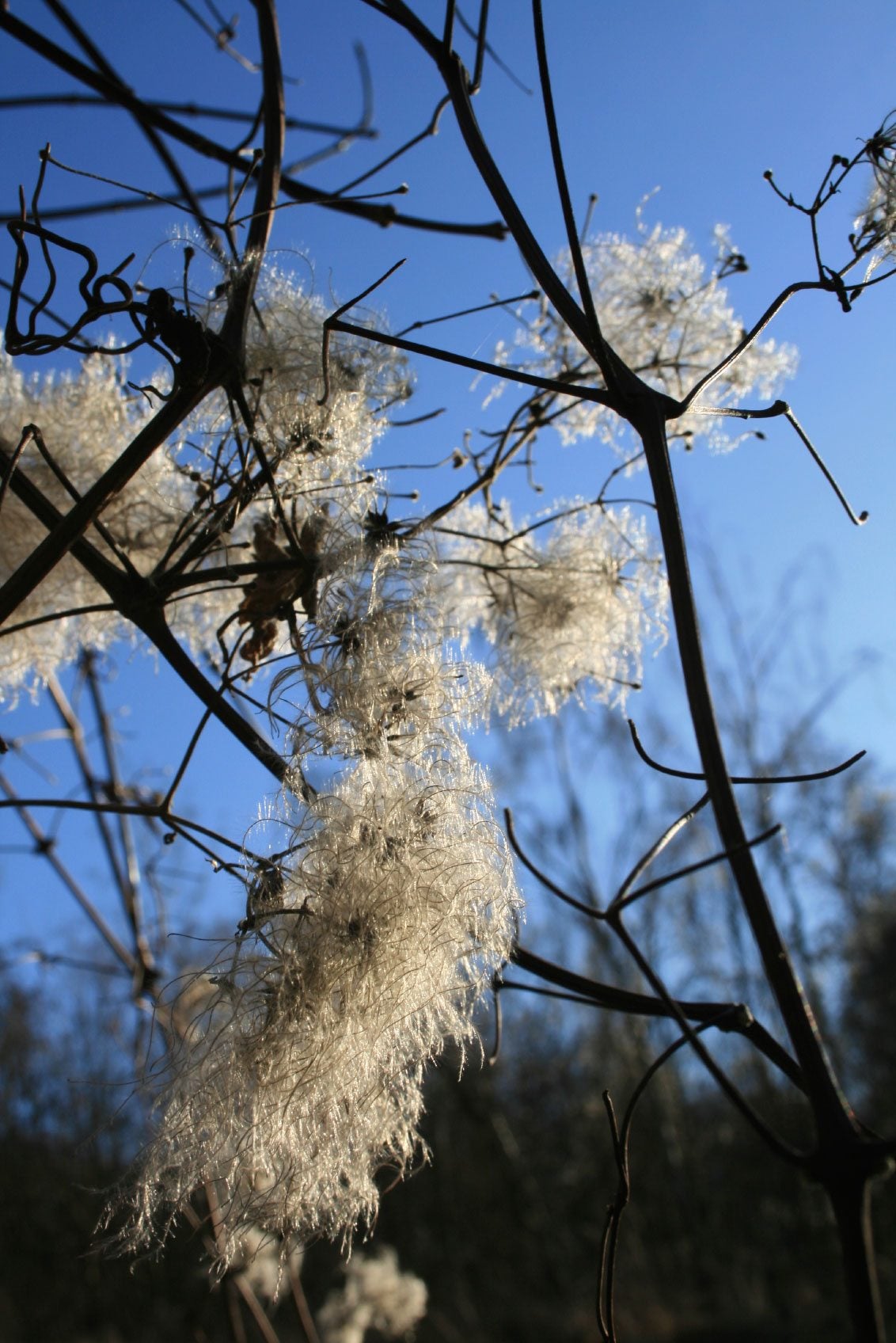Clematis Winter Preparation - Taking Care Of Clematis In Winter

Clematis plants are known as the “queen vines” and can be divided into three groups: early flowering, late flowering, and repeated bloomers. Clematis plants are hardy to USDA plant hardiness zone 3. Nothing adds elegance, beauty, or charm to a garden like clematis vines. Colors range from shades of pink, yellow, purple, burgundy, and white. Clematis plants are happy when their roots stay cool and their tops receive plenty of sunshine. Winter care of clematis plants includes deadheading and protection, depending on your climate. With a little care, your clematis in winter will do just fine and return with an abundance of blooms next season.
How to Prepare Clematis for Winter
Clematis winter preparation starts with snipping off spent blooms, also known as deadheading. Using sharp and clean garden scissors, cut off old blooms where they meet the stem. Be sure to clean up and dispose of all cuttings. Once the ground freezes or the air temperature drops to 25 degrees F. (-3 C.), it is important to place a generous layer of mulch around the base of the clematis. Straw, hay, manure, leaf mold, grass clippings, or commercial mulch is suitable. Pile the mulch up around the base of the clematis as well as the crown.
Can Clematis be Overwintered in Pots?
Overwintering clematis plants in pots is possible even in the coldest climates. If your container will not tolerate freezing temperatures, move it to a place where it will not freeze. If the clematis is healthy and in a freeze-safe container that is at least 2 inches (5 cm.) in diameter, you do not have to provide mulch. However, if your plant is not particularly healthy or not planted in a freeze-safe container, it is best to provide mulch around the outside of the container. Collect leaves from your yard in the fall and put them in bags. Place the bags around the pot to protect the plant. It's important to wait until after the pot has frozen to place the mulch bags. Contrary to what some people may think, it is not the freezing that harms the plant but the freeze-thaw-freeze cycles. Now that you know a little more about the winter care of clematis, you can put your mind at ease. The charming plants will sleep through the winter only to come back to life once warm temperatures return to fill the garden with beautiful blooms year after year.
Sign up for the Gardening Know How newsletter today and receive a free copy of our e-book "How to Grow Delicious Tomatoes".